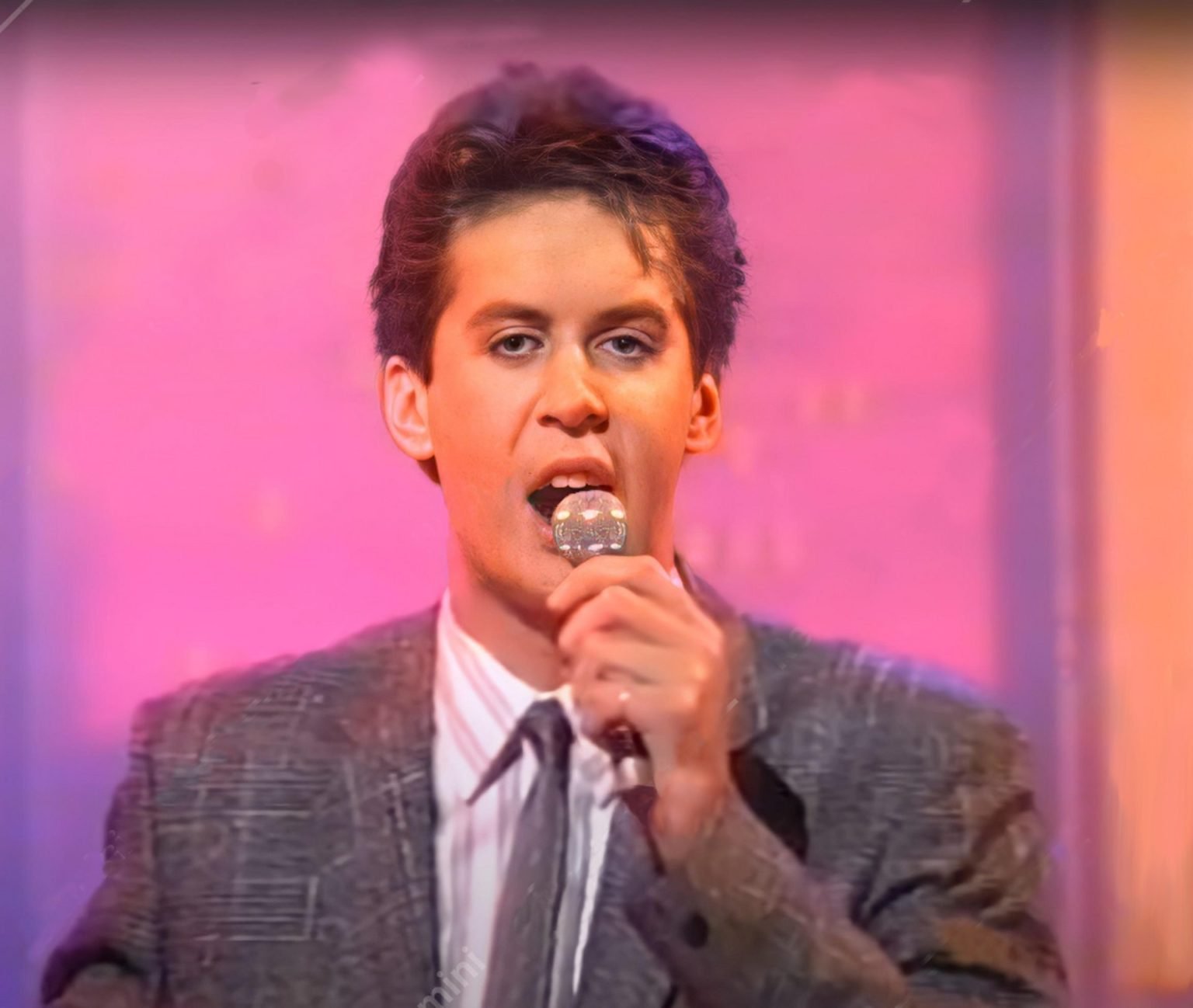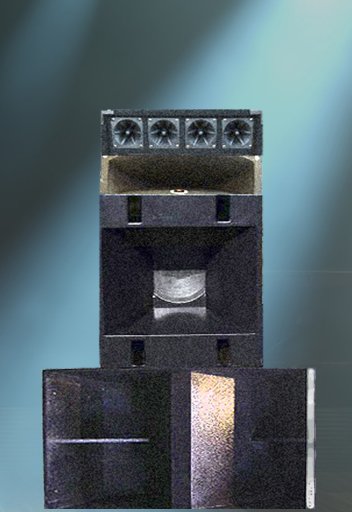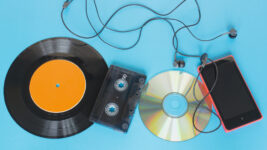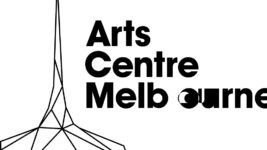News
20 Apr 2022
The Gaffa Tapes: When The Spotlight Hits You

Subscribe to CX E-News
(Image: Chet Reynolds)
“Six months ago I couldn’t even spell autodidactic.” Well, that’s not exactly what the derogatory inscription scrawled on band-room walls in the pioneering days of sound engineering actually stated.
Substitute ‘autodidactic’ (self taught) with ‘sound engineer’ and you begin to understand the taunt. However, we were a self-deprecating lot who had to learn our trade in the field as schools for live sound didn’t exist, so most of us found the graffiti amusing.
When my last band split in 1981, the equipment was also split amongst the band members. I augmented my share of the PA booty with enough equipment to put together a PA rig for hire. The Trading Post was littered with PA equipment, which was mostly the product of failed and acrimonious band break-ups along with consignment gear from Smithy’s.
Smithy’s was a consignment PA equipment shop in Neutral Bay, Sydney where the late Neil Smith, who passed away in 2014, would showcase and sell anyone’s PA equipment for a 10% commission. Smithy was also a mentor to fledgling sound technicians of the time: “No, mate, you don’t want to put that amp with those speakers; you need more power.” And, “If you use those horns you’re going to need rings because the drivers roll off at about 10K,” he’d say.
My single four-way PA was made up of a pair of single folded horn W bins with Altec 421 8H 150 watt speakers. For mids and highs I used the ubiquitous JBL 45/60 bins. And taking Smithy’s advice I bought JBL horns with compression drivers that had a higher frequency response so as to eliminate the need to run rings (JBL bullet tweeters). Instead, I ran a couple of boxes of piezo tweeters for show; this was so I could call it a four-way as hirers thought a four-way crossover system was far superior to a three-way crossover system. Nobody ever questioned the facade.

My first few gigs were freebies mostly for bands that I personally knew, knowing they would be somewhat forgiving for on the job learning. Then, after placing only a couple of ads in the Trading Post an onslaught of work rolled in. In fact, there were so many gigs that owner/operators often rang each other to pass on work.
Dealing with the stress of learning the trade was compounded by the dealing with the stress of unruly punters at venues and private functions. There was the time I returned from doing a sound check to find a drunken fool using my mixing console as a dinner table while he wolfed down a paper plate full of food.
It was also a time when you were menaced by management hovering over you with decibel meters, so most of us included some sort of compressor/limiter in the armoury. I was the proud owner of a revered Urei 1176LN compressor/limiter, which had attack and release knobs to fiddle with; a trap for young players. In hindsight the dbx 160, which had auto attack and release may have been a better choice. However, my most memorable faux pas at a popular venue was over-compressing the main act into a void.
Cancellations and sometimes not getting paid at all went with the turf, so in 1982 I jumped at the chance to commit to working with a single act.
It was the year Britain and Argentina were at war in the Falkland Islands, Michael Jackson released his Thriller album, and I took a full-time booking with the Chet Reynolds Band. Chet Reynolds had a single out on Parlophone entitled ‘Anita’ with ‘How Do You Talk to Girls?’ on the flip side. He had been a regular on TV shows like The Mike Walsh Show, The Midday Show with Ray Martin, and The Don Lane Show.
The Chet Reynolds Band featured a six-piece line-up with keyboards, guitar, bass, sax and drums. The band was managed by the keyboard player, and I recall the saxophone player was formerly with Stormy Monday. The English drummer had Deep Purple emblazoned on his drum cases as he had played in an unofficial line-up of the iconic band. There was a young guy who did the lights and together we loaded all the equipment in and out of the gigs. Both band and crew got on well and we had a lot of laughs.
Chet was a great singer who had a witty and dry sense of humour, which we all loved, but sometimes his cutting wit on stage got a bit edgy and we’d have to close ranks to safeguard him against punters who took offence. Once during a show in Newcastle he paused to tell a sailor on the dance floor that the venue wasn’t a good hiding place during the current Falklands war.
“You can’t hide here, you know; there’s a war on,” he taunted.
Chet learned that I had been a singer in my last band, so one of his pranks was to put me under the spotlight by inviting me onstage to sing. I’d always do The Beatles’ ‘Get Back’ because everyone knew how to play it. I’d do a set and forget mix, mount the stage and sing my signature tune. It was all tongue-in-cheek, but Chet would always feign sincerity to the audience.
The gig with the Chet Reynolds Band lasted for the best part of 1982. We worked a minimum of five nights per week, which included a two-week stint on Queensland’s Gold Coast where we also played second fiddle for a couple of nights to a touring headliner act. It was a watershed event for me, a fledgling sound engineer, because when their sound engineer shouted from the stage for me to pull 2K from his graphics I realised his ear was two octaves out. Being able to correct the feedback at 8k instead of 2K gave me a nice confidence boost (and I never told him).
My most cherished memory with Chet and the band was being dragged out at short notice when the band was asked to fill for a band that couldn’t make a gig at a club in Sydney’s St George district. Our crew pulled out all the stops to set up on time for the first bracket. Things were going smoothly until the leader of the no-show band turned up and sat with the club’s manager at the back of the venue leering and bad-mouthing the band.
During the course of the next set, Chet announced that there was a special guest in the house that he’d like to invite up on the stage to sing. Chet’s introduction was quite lengthy. He spoke in glowing terms of this special guest singer before announcing, “And now ladies and gentlemen without any further ado I’d like to invite on stage…our sound engineer, Brian.” And, of course, I energetically delivered my old standard of Get Back.
The Chet Reynolds Band split amicably in late 1982 when Chet returned to his home state of South Australia. Sadly, Chet passed away circa 2011.
Subscribe
Published monthly since 1991, our famous AV industry magazine is free for download or pay for print. Subscribers also receive CX News, our free weekly email with the latest industry news and jobs.






